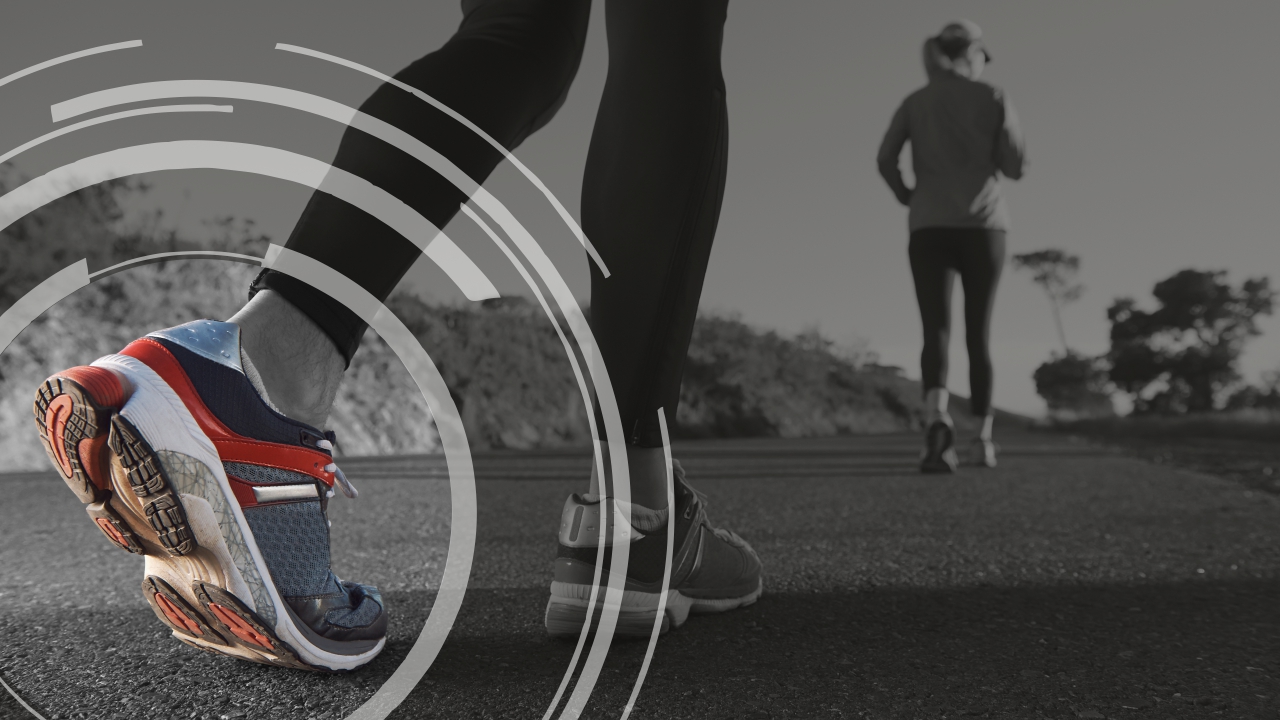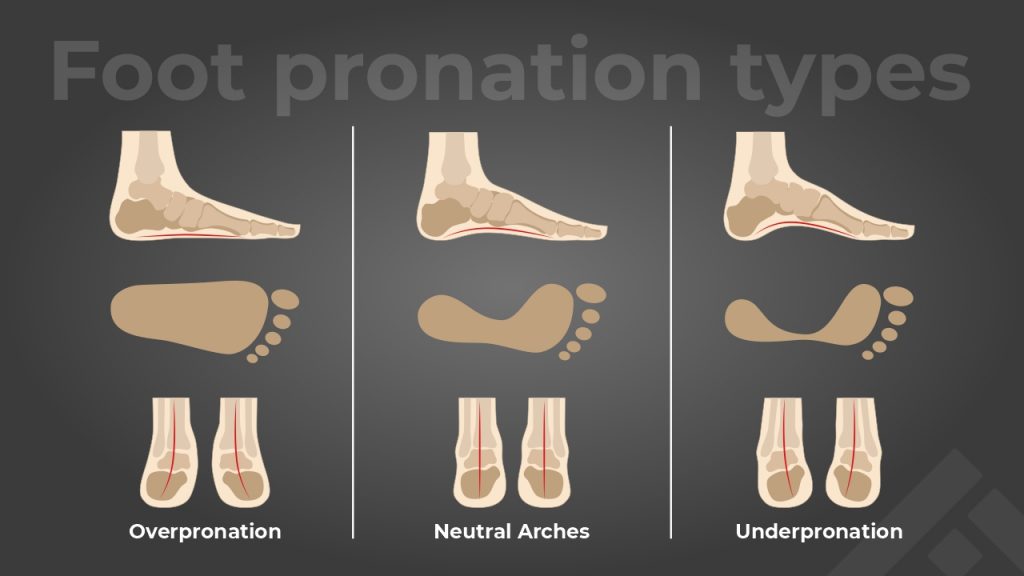
How to Choose the Right Running Shoes?

Running shoes — this is a topic runners never tire of discussing. If a leading sportswear brand creates a buzz about a high-tech pair that promises to improve performance, advanced runners will try to lay their hands on it — even if they have to wait for six months. Here, we provide a guide and useful tips for beginners to select suitable running shoes.
Running is a high-impact activity and the best running shoes absorb shock impact, provide optimum cushioning and support for better performance, and help avoid injuries. Beginner runners need not spend a lot and get a nice pair of running shoes available in the market, but they would want to hit the road armed with a good pair.
New-age shoes do offer all the latest features. So, the best tip for a beginner runner to choose a good pair of running shoes would be to do some research to buy a pair that is most likely to align with your goals. But before you decide on the best running shoes, it would be a good idea to understand your foot anatomy.
Foot anatomy
When you land on your foot while running or walking, your foot tends to roll inward to absorb shock, the foot then flattens as you reach the mid-stance. This rolling of the foot inwards is referred to as pronation. A small degree of pronation is normal, and if the degree of inward rolling is within a normal range, the person is considered to be a neutral runner. However, when there is excessive inward roll of the foot after landing, it is called over-pronation and the person is considered to be an overpronator. If a person’s foot tends to roll outwards, they are considered to be supinators.

Know your shoe type
Based on your foot anatomy, there are four types of running shoes you can choose from.
1. Stability shoes for overpronators
1. If you are an overpronator, stability shoes are your go-to option.
2. A stability shoe has some component of pronation control material, which is placed close to the middle or arch of the shoe.
3. The shoe has a multiple-density midsole along with another high-density foam material on the midline of the shoe.
4. This will help reduce the rate of compression and control the amount of maximum foot pronation.
5. The high-density foam provides less cushioning than a neutral shoe.
2. Motion-control shoes for severe overpronators
1. A motion control shoe typically has a significantly larger amount of pronation control material. There is also some non-deformable material, such as a plastic plug, placed on the posterior but towards the middle region of the shoe.
2. The high-density foam typically extends to the rear of the shoe and is meant to limit excessive arch deformation.
3. Due to a considerable amount of high-density foam, there is significantly less cushioning than a neutral shoe and somewhat less than a stability shoe.
3. Neutral shoes for neutral arch
1. These shoes provide cushioning and less foot control.
2. They are typically softer and have more shock-absorbent material in the postero-lateral region of the midsole.
4. Flexibility shoes for supination
1. These are similar to neutral shoes and allow for a good range of motion but have even more shock absorption capability.
2. The shock absorption is all along the midsole of the shoe.
What is your foot type?

Flat arch
1. This type leaves an imprint that is almost completely without an inward curve at the arch.
2. When looking from the top, the feet are splayed outward.
3. They are overpronators and hence, would do well in motion control shoes.
Normal arch
1. Such feet show an imprint that connects the forefoot and heel with an inward curve at the arch.
2. When looking from the top, the feet are pointed straight and in line with the lower leg.
3. Runners with a normal arch will do well in a neutral shoe with cushioning and less motion control.
High arch
1. This type shows an imprint that connects the forefoot and heel with an inward curve that is very narrow or even absent at the arch.
2. When looking down, the feet of these runners are turned inward.
3. Runners with high arch have rigid feet and do well in flexibility shoes.
4. It is best to avoid motion control shoes as it can lead to injury.
Tips for beginners to choose and buy a good pair of running shoes
1. Try on running shoes at the end of the day when your feet have swollen due to standing or sitting all day.
2. Have your feet measured, don’t assume you know your size. Check the size while sitting and standing to know your elongation factor.
3. Wear a pair of socks that you use regularly and then try on the shoes.
4. Check the inside of the shoe for rough spots and seams that may cause blisters.
5. Wear the shoe and make sure it feels comfortable. Stand and walk around. There should be no discomfort.
6. Fully lace up as you would for a run.
7. Your toes should have wiggle room and the longest toe should have at least 0.5-1-inch space from the front of the shoe.
8. The big toe and little toe should not be pinched. The shoe should have room for your feet to swell.
9. Make sure your foot fits snugly inside the heel counter (the grip of your heel should be firm and it should not move up and down).
10. Check that the shoe last is perfect for your foot curvature.
11. The shoe should flex well when you raise yourself on the ball of the foot or take the push-off position.
12. Try different shoe models and brands. Don’t stick to one brand or model. You never know, a lower-priced number or a different brand may give you the perfect fit.
Conclusion
Check if you need to invest in a good pair of insoles that provide additional cushioning and support for your feet, especially your arch. Many shoe brands have a run club, where members get to try on various newly launched models and run in them. This is a perfect method for checking to see if a shoe works for you. Nothing like running 7-10km in a model that you intend to buy.
For more information, you can watch our video on how to choose running shoes.
References
1. Dawson A, Pierre DS, Watts S, et al. Runner’s World. https://www.runnersworld.com/ (accessed Jan 29, 2021).
2. Ferber, Reed, Macdonald S. Running Mechanics and Gait Analysis: Enhancing Performance and Injury Prevention. Human Kinetics, 2014.
3. Vonhof J. Fixing Your Feet: Injury Prevention and Treatments for Athletes. Wilderness Press, 2016.














